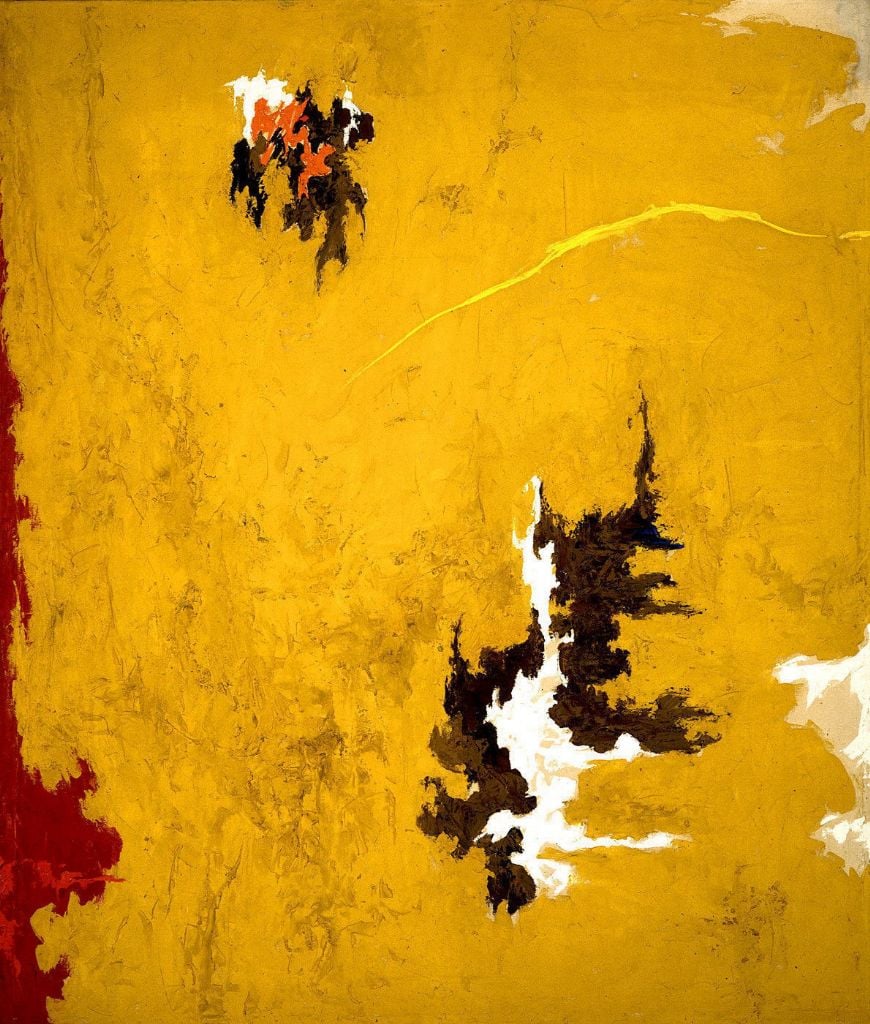To help someone who has been marginalized back into the life of a community is holy work. View the study sheet here. Watch the recording here.

Outcasts seem to be everywhere these days. In fact, we seem to more easily define for ourselves the “outcasts” than the “in-casts.” The eruption of the COVID-19 pandemic imposed upon us a level of necessary separation: the infected from the healthy; family members from family members to minimize infection; isolation in our homes; masking that disrupted our normal signals for knowing another.
But those public health practices symbolized a growing social health problem: the ease with which we define as outside of our community people we find…discomforting: those with different views or political positions; people of different racial or ethnic backgrounds; the homeless. We do not invite them into our lives, our homes, or even into our conversations. At this moment, the most brutal casting out has been the Russian invasion of Ukraine, which has killed thousands and forced millions to become refugees from their homes.
As a teller of wisdom, the Book of Leviticus takes a step back from the triumphal story of an enslaved people and their march to freedom. It recognizes that neither we nor life itself is perfect. We carry within us at least as much of the narrowness that Egypt represents as we do the expansiveness that the Promised Land symbolizes. We will encounter frustrations, and we will see differences among us. Leviticus seeks to prepare us on how to handle both, for the sake of greater holiness in the world.
Easily overlooked is the absence in Leviticus of any explanation about the source of the socially stigmatizing condition called metzora. It just sometimes happens. And the priest does not cure it. The priest facilitates the stigmatized individual’s entrance back into the community.
The American artist Clyfford Still was the earliest among his contemporaries to abandon identifiable subjects in his paintings and to create canvasses awash in bold, clashing fields of color. He refused to name his pieces. He wanted to invite viewers to participate in their own self-discovery. To become artists of their own unique journeys. Rather than holding himself out as a high priest of meaning, he saw himself as a facilitator of healing – not curing – the inevitable fractures of life.
We are not all the same. Differentiation among us is an aspect life. We do have a choice. We can exacerbate the fracture by closing gates of relationships. Or we can be priestly, easing back into community those who by choice or by circumstance have become outcasts in an imperfect world.
Join us here at 7:00 p.m. (PDT) Thursday April 7 as we explore to make the outcast like a priest.








